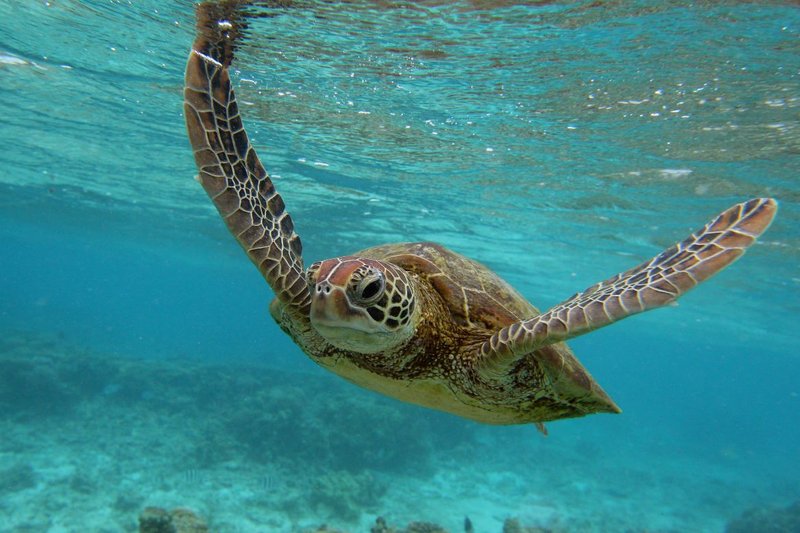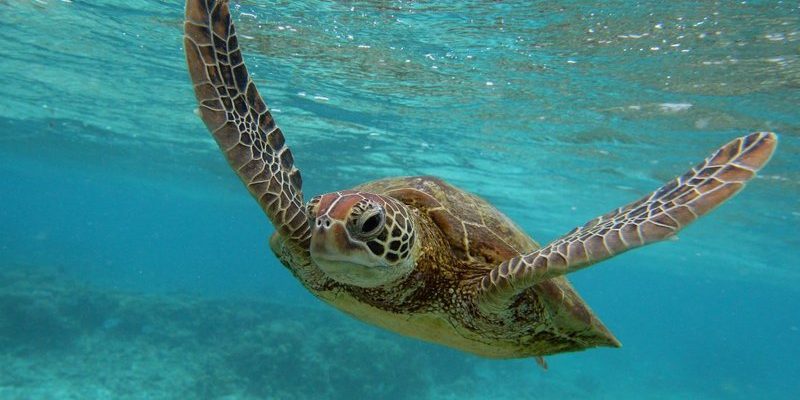
Just like a fragile thread holding a beautiful tapestry together, sea turtles are crucial for marine ecosystems. They help maintain healthy seagrass beds and coral reefs, which are vital habitats for many marine species. Understanding the challenges they face can help us appreciate why we need to protect them. So, let’s dive right in and explore the common threats to sea turtles in the wild.
1. Habitat Loss
One of the most significant threats to sea turtles is habitat loss. Coastal development, like building resorts and marinas, often disrupts nesting sites. Female turtles return to the beaches where they were born to lay their eggs, but when these areas are developed or polluted, it puts their future at risk.
You might be wondering, “How does this affect the turtles?” Well, without safe nesting sites, many eggs may not make it to hatching. Beaches that are stripped of vegetation also make it harder for hatchlings to find their way to the ocean. Instead of inching toward the waves, they might end up wandering inland or into hazardous areas.
Another aspect of habitat loss comes from pollution. Plastic waste, chemicals, and other debris can be deadly for sea turtles. They often mistake plastic bags for jellyfish—a favorite snack. Once ingested, these items can cause blockages in their digestive systems, leading to severe health problems or even death.
2. Climate Change
Climate change is another major player in the decline of sea turtle populations. Rising sea levels and changing temperatures impact their nesting habitats. For instance, higher temperatures can lead to more female hatchlings being born, which upsets the natural balance of the population.
Think about it: if the beach where turtles nest gets submerged due to rising seas, or if the sand becomes too hot for eggs to survive, it drastically affects their ability to reproduce. Moreover, warming oceans can change the distribution of prey, meaning turtles may have to travel farther to find food.
Also, increased storm intensity can destroy nesting sites and wash away eggs. The more unpredictable and severe weather becomes, the more challenging it is for sea turtles to thrive.
3. Fishing Gear and Bycatch
Fishing gear is a real menace for sea turtles. Many turtles end up caught in nets or on fishing lines that aren’t meant for them. This unintentional capture, known as bycatch, can lead to serious injuries or drownings. For example, when a turtle gets entangled in a gillnet, it may struggle to surface for air.
Let’s visualize this: imagine being trapped in a tight space and unable to move freely. That’s what sea turtles experience when they get caught in fishing gear. Even if they manage to escape, they often suffer injuries that can lead to infections.
To combat this, some fisheries are adopting turtle-friendly practices, such as using nets that allow turtles to escape easily. It’s a win-win situation: they can still catch fish while protecting these incredible creatures.
4. Illegal Trade and Poaching
The illegal trade and poaching of sea turtles exacerbate their decline. Despite being protected by laws in many countries, poachers still target them for their shells, meat, and eggs. This demand not only threatens individual turtles but also disrupts entire populations and ecosystems.
Imagine a world where prized possessions of a few come at the cost of an entire species. That’s essentially what’s happening with sea turtles. Turtles don’t reproduce quickly, so when adults are taken from the wild, it has a cascading effect on their communities.
Efforts to combat this issue include stricter enforcement of wildlife protection laws and community education on the importance of sea turtles. The more people understand the threats these animals face, the more likely they are to help protect them.
5. Marine Pollution
Marine pollution comes in various forms, and it’s another significant threat to sea turtles. Plastics are often the most talked about, but chemicals, oil spills, and even noise pollution can have devastating effects. When turtles ingest plastic, like straws or bottle caps, it can lead to malnutrition or internal injuries.
Imagine trying to eat your favorite meal, but someone keeps slipping in something inedible, like a rock. That’s what it’s like for turtles consuming plastic. They can’t process it, and it leads to dire health issues.
Additionally, oil spills can destroy their habitats and poison their food sources. Turtles exposed to contaminated environments may suffer from long-term effects, such as reproductive issues or weakened immune systems.
6. Boat Strikes
Boat strikes are a silent threat but a serious one. Sea turtles are often struck by boats, leading to injuries or death. They can be hard to see from above the water, especially when they’re surfacing for air.
Picture a busy highway—cars whizzing past, and a small creature trying to cross. That’s the daily reality for turtles trying to navigate through busy waters. Their swimming patterns can sometimes put them right in harm’s way.
To tackle this issue, some regions have implemented speed restrictions in areas where sea turtles are known to nest or feed. These measures can make a significant difference in reducing fatalities.
7. Disease and Parasites
Lastly, sea turtles can suffer from various diseases and parasites, which can weaken their overall health. Just like humans, they can contract illnesses that can be exacerbated by stressors such as pollution and habitat loss.
Some common turtle diseases are linked to viruses and bacteria found in polluted waters. When their immune systems are compromised due to environmental stress, they are more susceptible to illnesses.
Additionally, parasites can drain their energy and resources, making it difficult for them to thrive. Keeping our oceans clean and healthy is crucial not just for sea turtles but for all marine life.
Conservation Efforts
With all these threats, it’s easy to feel overwhelmed, but there’s hope. Various organizations and communities are working tirelessly to protect sea turtles. Conservation efforts include habitat restoration, monitoring nesting sites, and promoting sustainable fishing practices.
Public awareness campaigns also play a crucial role. The more people learn about the challenges sea turtles face, the more inclined they are to support conservation efforts. In many places, local volunteer programs allow individuals to participate in beach clean-ups or nesting site monitoring, making a tangible difference.
Every little bit counts, and collective action can lead to significant changes. If we can work together to reduce our impact on these magnificent creatures, we can make a real difference in their survival.
In closing, sea turtles are not just beautiful creatures; they’re vital to the health of our oceans. Understanding the common threats they face in the wild helps us recognize our role in their conservation. By actively participating in protection efforts, we can ensure that future generations will continue to marvel at these gentle giants gliding through the sea. Let’s work together to make the ocean a safer place for them.

